The Army's newest Stryker brigade has gone public, with the help of some young leaders.
Several units belonging to 5th Brigade, 2nd Infantry Division received weapons in March and took them to ranges last week, officially starting their combat training. With the deployment of 4th Brigade, 2nd Infantry Division, the 5th Brigade is no longer working behind the scenes. They are center stage.
The brigade began assembling its cadre of key personnel last fall. Human Resources Command opened the personnel spigot to allow a trickle of Soldiers to arrive on Fort Lewis last November and December, but the majority of 5th Brigade Soldiers and the remainder of its leaders were intended to join the brigade during the first quarter of 2007.
Then came the surge in Iraq. The brigade saw a slight deceleration in its rate of fill, leaving battalion challenges in assigning key command and staff positions - but opportunities for young leaders.
The "Cold Steel" 2nd Battalion, 1st Infantry Regiment began its combat preparations last week by falling in on Ranges 22 and 59, for rifle marksmanship and AT-4 anti-tank training. Staff Sgt. Stewart Goodman, the battalion sniper squad leader, was the AT-4 range safety officer.
"This is the first time we've come together to train as a battalion," Goodman said. "We've been doing individual skills until now - first aid, driver training, radio classes - a base line to get everybody ready. Now we're moving into individual marksmanship. As time moves on, we'll start moving into buddy teams."
Goodman escorted three Soldiers from C Company and one from Headquarters Company to the firing line for their first live-fire of the AT-4 anti-tank weapon, walking them through the safety procedures leading to arming and launching the missiles.
A quick check of the Soldiers waiting to fire the AT-4s and others undergoing concurrent training conducted by battalion medic, Sgt. 1st Class Raul Vidallon, showed few specialists. Most of the Soldiers wore privates' stripes. "(More than) 40 percent of our Soldiers are Level 1 - right out of basic," said 2nd Lt. Nick Tallant. "We're weaving in some more advanced firing positions into the training as we go along, but we're starting with the basics."
The battalion commander of 2-1 Inf., Lt. Col. Richard Demaree, fired on Range 22 with his Soldiers.
"For the next three to four weeks, all the battalions are starting to train on basic marksmanship skills," he said. "We've got a limited number of vehicles, but most of our weapons, so there is certainly training that we can do now."
Demaree said he preferred untested Soldiers to experienced ones for his battalion.
"I like standing up a unit from scratch," said the commander. "There are no unit cultures getting in the way. There are no 'This is the way we've always done it' type of attitudes. What I've told them all is that this is the opportunity to take all those things you didn't like and leave them back at your last duty station, and bring all those things that you liked, and we'll put them all on a table. "It's certainly harder," he said. "But in the end, I think we'll truly be able to call this organization our own, having stood it up from scratch."
The demographics lead to high unit morale, according to the 2-1 Inf. senior leader.
"There are 460 Soldiers assigned, 250 to 300 coming out of basic and AIT," he said. "All of them are excited about being in the Army, being at Fort Lewis in a Stryker brigade, and about doing something to support their country in a time of war."
The leadership of 2-1 Inf. is surprisingly junior, too, Demaree said. "Right now we have one second lieutenant company commander in the battalion," he said. "We don't have any captains yet. There are other units with a different situation, but for 2-1 Infantry, we have no majors, no command sergeant major, no captains ... two of our four first sergeants, and we've got all second lieutenants on staff, primary staff and two in platoon leader positions."
The inexperience has led to challenges, but also provided a great opportunity for collective learning, Demaree said.
"A seasoned guy gets a mission and goes and does it," Demaree said, "but these guys have to learn the mission they've just been handed. So they've been burning the midnight oil."
The commander credits the NCOs for holding the companies and staff sections together.
"The NCOs are doing an absolutely superb job," said Demaree. "The senior NCOs we have right now are running the companies.
"They've all exceeded my expectations in job quality in stepping up to the next level, doing a superb job with knowledge of how to run a platoon and applying it to run a company." The new battalion commander said the local culture, particularly the developing Stryker community, is invaluable in preparing his Soldiers for combat. Communication with battalions further along in their life cycles is crucial.
"It's great here on Fort Lewis," Demaree said. "Of the seven SBCTs, four of them have physically stood up here and the other three ... have all come here to train. So Fort Lewis and I Corps know the business of producing an SBCT and have done a good job facilitating the cross talk between the SBCTs here."
The 2-1 Inf. staff and commanders have struck up a relationship with a 4th Bde., 2nd Inf. Div. battalion that they plan to take advantage of for guidance and information.
"We've started informal relationships with 2-23 Infantry, which is now somewhere in Iraq or Kuwait," said Demaree, "and we will maintain contact throughout their deployment, not only to ask them questions about what they're learning in combat but also anything else they learned in their preparation for war. We're not the first ones to do this. Six others have gone before. This isn't like it's new to Fort Lewis or the Army."
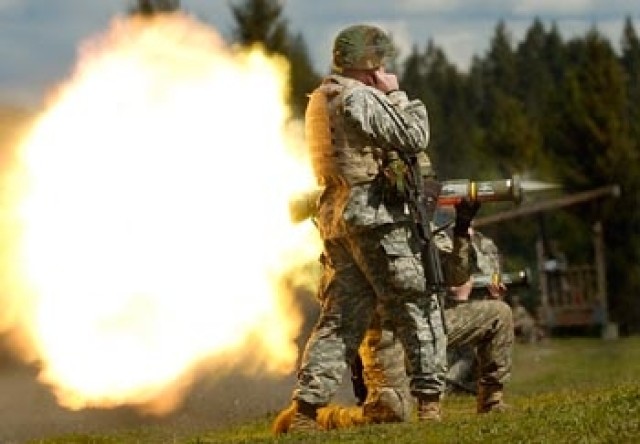
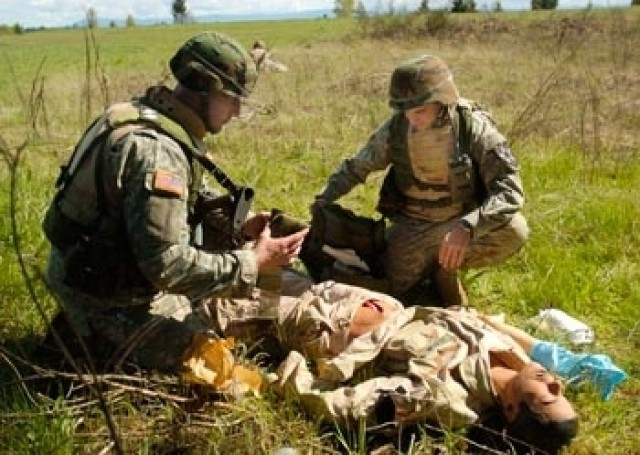
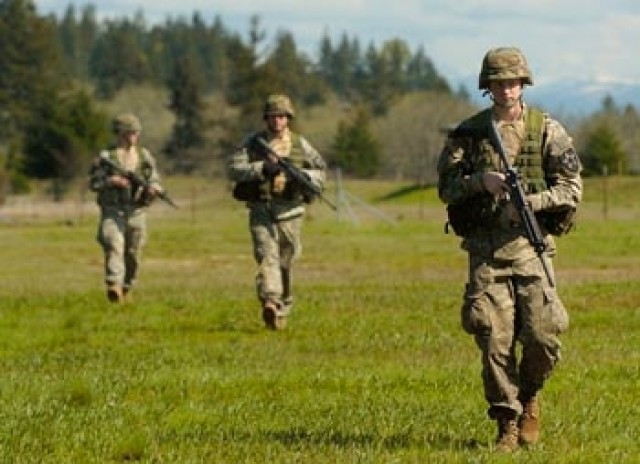
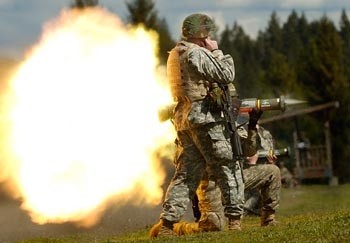
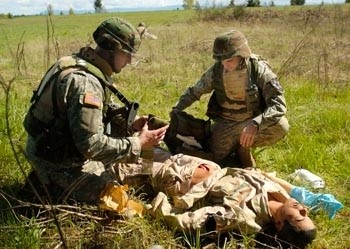
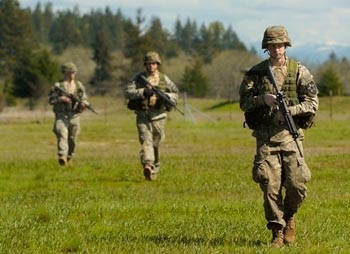
Social Sharing